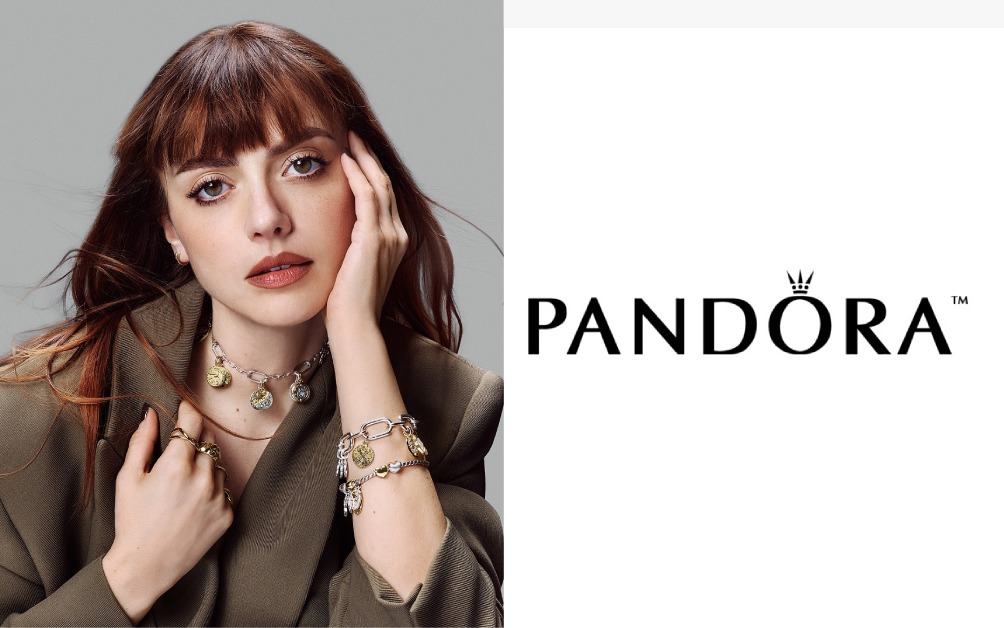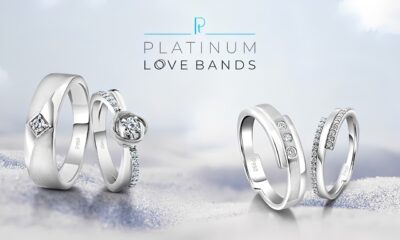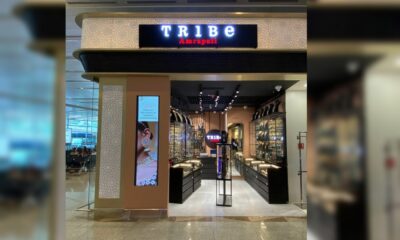International News
Anglo American’s copper, diamond production falls in first half

Global miner Anglo American on Thursday reported a 13% fall in copper production in the first half of the year to 342,200 metric tons, and a 26% fall in rough diamonds, as demand remains sluggish.
The London-listed miner still expects to mine 690,000-750,000 tons of copper this year, down from 773,000 in 2024. The metal is used in electrical wiring and its demand is expected to increase for electric vehicles and renewable energy infrastructure.
The miner is restructuring its business to mainly focus on copper, as well as iron ore, following BHP’s failed attempt to take it over last year.
It has demerged its platinum business and has agreed, though not yet completed, the sale of its nickel and coking coal assets. These businesses are now expected to be reported as discontinued operations in the company’s 2025 half-year results on July 31.
Despite a production halt caused by a fire at one of the mines included in the $3.78 billion sale to Peabody Energy (BTU.N) in April, the miner still expects the transaction to be completed.
On Thursday, it said a formal process for the sale of diamond unit De Beers is advancing, despite the current challenging market conditions.
Its first-half rough diamond production dropped 26% to 7.22 million carats. Anglo had previously cut its production forecast for 2025 to a range of 20 million to 23 million carats, from 30 million to 33 million, as demand remains low and inventories high.
Iron ore production increased by 2% to 31.38 million tons in the first half.
International News
Pandora Delivers 6% Organic Revenue Growth in Q3 2025 Amid Global Headwinds

Danish jewellery giant Pandora reported 6% organic revenue growth in the third quarter of its 2025 financial year, despite a challenging global economic environment. The increase comprised 2% like-for-like growth and 4% from network expansion, according to the company’s latest Interim Report.
The brand’s gross margin stood at 79.3% for the quarter, slightly below the 80.1% recorded in Q3 2024. Pandora attributed a 280 basis-point headwind to foreign exchange, commodities, and tariff pressures. The company performed strongly in the US, while Spain, Canada, Poland, Portugal, and Japan all achieved double-digit like-for-like growth.
Pandora’s EBIT margin was 14.0% in Q3 2025, in line with expectations but 210 basis points lower year-on-year. Earnings per share declined 14%, though rose 5% in constant currency terms, reflecting steady underlying performance.

“We continue our growth journey and delivered solid results in a quarter marked by a difficult macroeconomic backdrop,” said Alexander Lacik, Pandora’s President and CEO. “The early success of our new product launches shows how we can unlock market potential through innovation, emotional storytelling, and affordable luxury. We are well-positioned for the holiday season and on track to achieve our full-year targets.”
During the quarter, Pandora opened 11 concept stores and eight shop-in-shops, with network expansion contributing roughly 5% to overall organic growth. The company plans to continue expanding globally but has revised its store opening guidance for 2025 to around 25 net new concept stores, down from the previous range of 25–50, as it closes up to 100 stores in China to optimise profitability.
Pandora also intends to roll out around 25 company-operated shop-in-shops and introduce its new store concept across key locations in the coming months.
-

 GlamBuzz1 week ago
GlamBuzz1 week agoKushals Fashion and Silver Jewellery shines bright with Sanya Malhotra as its Brand Ambassador in the North and Priyanka Mohan in the South
-

 GlamBuzz1 day ago
GlamBuzz1 day agoTamannaah, Samantha, and Janhvi Kapoor Dazzle in Stunning Jewellery and Couture Moments
-

 National News22 hours ago
National News22 hours agoANOR Redefines Luxury: Pioneering Premium Lab-Grown Diamond Jewellery for India’s Elite
-

 BrandBuzz3 days ago
BrandBuzz3 days agoWhen your Love Speaks its own Language, Seal it with Platinum Love Bands











